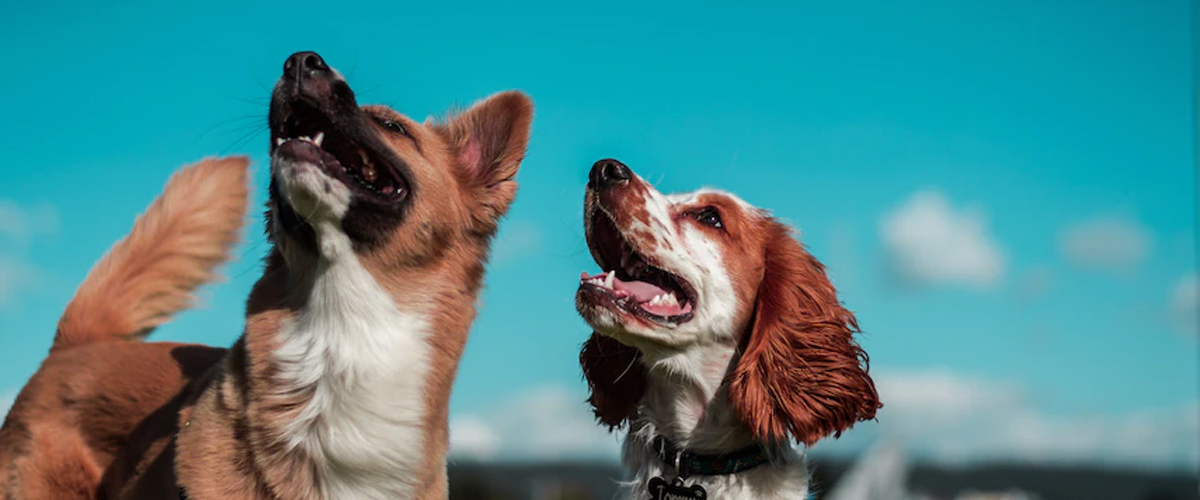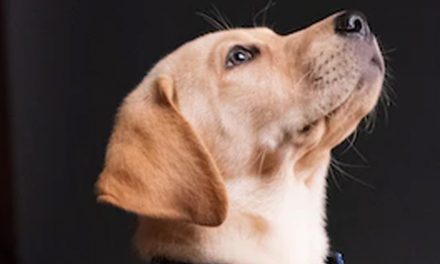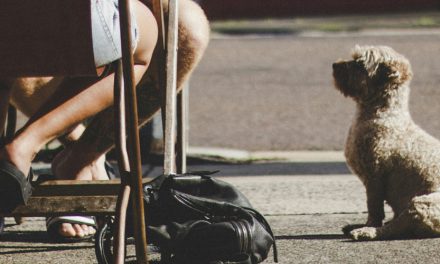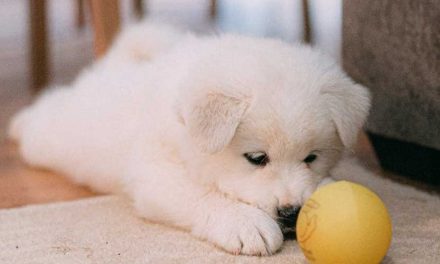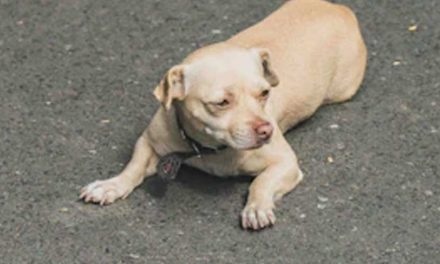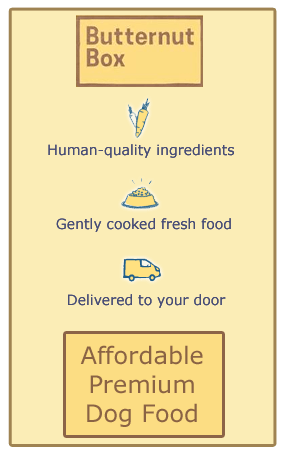It is important for dogs to meet, greet, play and sniff other dogs. To not allow socialisation may lead towards your dog being cautious, unsure and potentially aggressive and challenging towards other dogs it gets close to.
When it comes to dog-to-dog socialisation the interaction needs to be calm, pleasant, fun, exciting, controlled (in ways) and be a positive experience. This will lead towards a confident, happy and calm interaction dog.
Not all interactions are positive, and these interactions need to be avoided, as it can lead towards unwanted behaviours in your dog, the other dog or both.
OUTSIDE SOCIALISATION
I’m sure that you have a family member or friend who has a dog like you. So meeting up for a walk with the dogs is more than likely going to happen. So you will want the interaction between the dogs to be pleasant and friendly so that you can chat, relax and enjoy the walk. In most situations all will be okay. However some dog-to-dog interactions don’t go as well and can become upsetting and unpleasant and likely to cut short the walk you had been planning and very much looking forward to. Quite a few of these unwanted interactions could be avoided by following a progressive interaction.
WARNING: If your dog or the other dog has anxiety, or is aggressive, even slightly DO NOT do this
THE MAIN SOCIALISATION MISTAKE
It is never advisable to bring dogs together immediately when they haven’t met before, especially if one of them is clingy and can be jealous of other dogs around their owner.
Right from the beginning don’t bring the dogs to close together. A quick sniff (supervised, and both on the leads under owner control) might be okay – but only for 20-30 seconds. Then commence the walk for 5 minutes with a wide gap between the dogs.
After five minutes (while still walking) either you or the other person is to bring a dog steadily into the middle (slightly closing the gap between the dogs).
Give at least 5-10 minutes (maybe more) before bringing the other dog into the middle so that the dogs will be walking nicely next to each other.
If all goes well, both dogs will get along and you will have a lovely walk.
In the future should you go for a walk again with the same dog and owner, be wary before bringing the dogs together? You may need to slowly introduce 1-3 as above. However remember the sniff and welcome (if safe to do so) at the beginning. From this you should be able to get a good idea to how the walk will go. But always be cautious.
SOCIALISATION & PACK HOMES
Dogs are pack animals and they can be very protective over the pack den (your home, or someone else’s you are visiting with your dog).
It is advisable to get the dogs to meet (carefully supervised and on leads – maybe even go for a quick walk around the block or further) outside and away from the house.
WARNING: Don’t do any of the following as it could have an unwanted negative outcome.
-
Get the dogs to greet each other for the first time inside the house
-
Get the dog inside the pack home to come to the front door for the first time to greet the visiting dog who will be entering the house
Before having the dogs together in the same house, firstly make sure neither has aggression, anxiety, is possessive over food, toys or owners. If either of the dogs have this then further advice and assistance is needed, as the interaction could go badly wrong or lead to unwanted behaviours and highly stressful anxiety for one or both of the dogs.
If neither of the dogs suffer from the above then follow the below.
STEP 1
Meet away from the house and go for a short or longer walk, utilizing what you have learned from Outside Socialisation (above).
STEP 2
The dog which lives in the house being visited can go back into the house via the usual entry/exit manner which is used for the dog.
The visiting dog needs to be taken straight into the back garden (without entering the house – if possible) Allow the visiting dog to sniff, pee and walk around (supervised on lead for 2-5 minutes).
STEP 3
On the lead and under owner control the house being visited dog should now be given access to the back garden where the visiting dog is. Close the door (there must not be any way to go inside at this point without a person opening door or patio.
Start a distance apart and allow both dogs to sniff, pee (scent over) away from each other (at least a metre plus). Do this for 2-5 minutes.
If all is okay and you feel it is safe to do so, take the dogs off the leads so they can both walk freely around the garden. Give the dogs at least 5 minutes. (The back garden is still part territory for the pack dog)
STEP 4
If all okay open the door or patio and go inside, allowing the dogs to either follow or remain outside (but keep an eye on them, as one or both may still be unsure). Should all go to plan both dogs will go inside and be settled.
NOTE: Before having both dogs inside the house clear away toys, bedding and anything else the home based dog has a connection with. Also move food and water out of reach if possible. (once settled you may be able to introduce water to share from – however, it may be wise to have separate bowls (owners to monitor and decide if safe to do so)
STRANGER DANGER & BODY LANGUAGE
Not all dogs are friendly. It isn’t always the case that these dogs are born aggressive. Usually it is due to how they have been raised by their owners, or that they have been attacked by another dog, or suffer badly from anxiety which has gone untreated for far too long. On more rare occasions a dog may have a genetic pass-down from parent dogs which could make the dog dangerous and aggressive to other dogs and possibly humans. These type of dogs need to be on a lead at all times and wear a muzzle as they could be deemed dangerous under the dangerous dog act set by the UK government.
APPROACHING FROM A DISTANCE
Evaluate the approaching dog’s behaviour. Also take note of the owner, are they distracted (on mobile, not paying attention to the dog, or not bothered).
Here is an example of what to look out for with the approaching dog
- Very assertive
- Aggressive and challenging
- Nervous and on edge
- Charging at other dogs and barking
If you see any of the above or something else which makes you feel unsure or uncomfortable, turn and walk in opposite direction or away from the approaching dog. If your dog is on lead this should be easy for you to control. If however your dog is off lead, you will need to use recall and get your dog on lead and get your dog away from the other dog.
Also be aware that you may need to keep distance between your dog and the approaching dog if you see any of the following. Always best be on safe side and put on lead.
- Elderly or fragile dog
- They could be in a lot of pain, discomfort and have less patience and may snap. Elderly dogs especially avoid if your dog is a puppy. Puppies are unpredictable and elderly dogs know this, which may get the elderly dog on edge, which could lead to a snap or bite.
- Injured dog or coned, limping, bandaged
- Yellow dogs on lead (usually wearing yellow jacket, yellow bow on lead or yellow lead)
- This dog is likely a rescue or has behavioural issues and may have problems or going through rehabilitation. The rescue dog’s owner may not fully know of their dog’s behaviours, so don’t just take them at their word. Observe and make your own mind up based on what you see in the other dog. Some owners say their dog is fine, when they are not. This can sometimes lead to a snap or bite. Be ready and wary. If in doubt put your dog on lead, keep distance or avoid altogether.
- Dogs carrying a ball, toy or stick
- The dog could have possession issues and could drop the item, lurch, snap or bite your dog, if your dog gets to close.
THINGS TO NOTE
- If a dog is wagging its tail it does not mean it is a happy dog. It means the dog is aroused – this can be positive and negative.
- Don’t let your dog approach guide dogs, or specially trained dogs.
- Be wary if a dogs hackles (fur at back of neck) are up. This could be an aggressive dog. Be cautious.
If your dog plays with another dog and the dogs hackles go up it may be fine, or it could be a sign that the other dog overplays and can get aggressive, vocal, wild or doesn’t really know how to play properly with other dogs. - If a dog charges over to your dog and is aggressive (if safe to do so) get your dog and yourself safely away. Be careful not to get bitten. Call for the owner and ask them to get their dog on the lead (if safe to do so).
- Our immediate reaction when we own smaller dogs is to pick them up to protect them and get them away from harm. Here are a couple of things to bare in mind – you could get bitten, be careful and safe. The problem dog could try jump up to snap or bite your dog, you could get knocked over.
- Also be aware that if you pick a small dog up to often it can lead to an insecure and anxious dog, which may result in unwanted behaviour further down the line.
- Our immediate reaction when we own smaller dogs is to pick them up to protect them and get them away from harm. Here are a couple of things to bare in mind – you could get bitten, be careful and safe. The problem dog could try jump up to snap or bite your dog, you could get knocked over.

